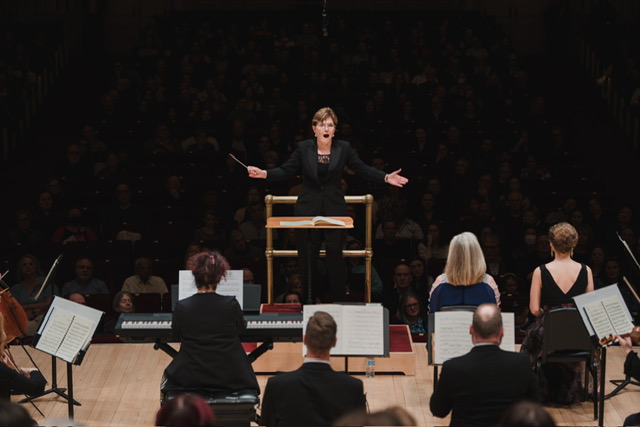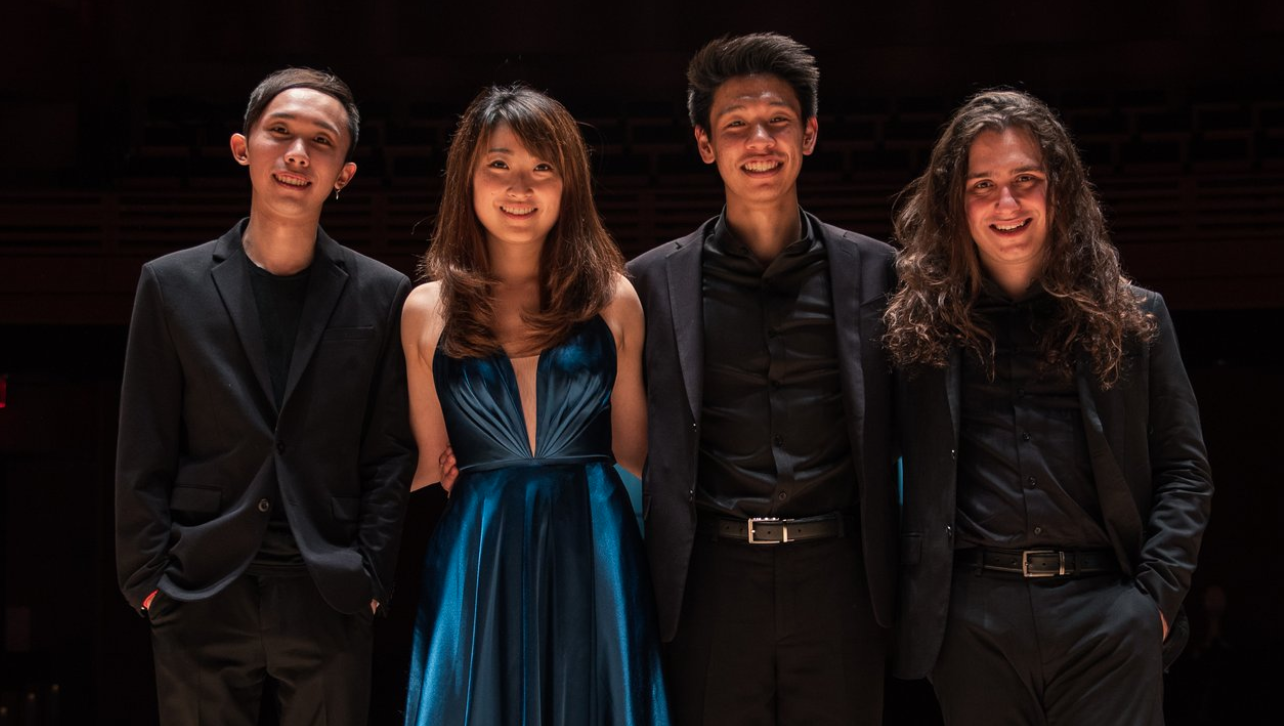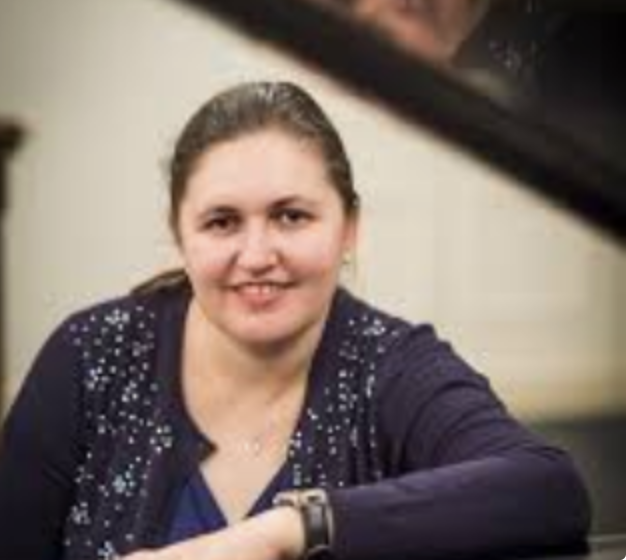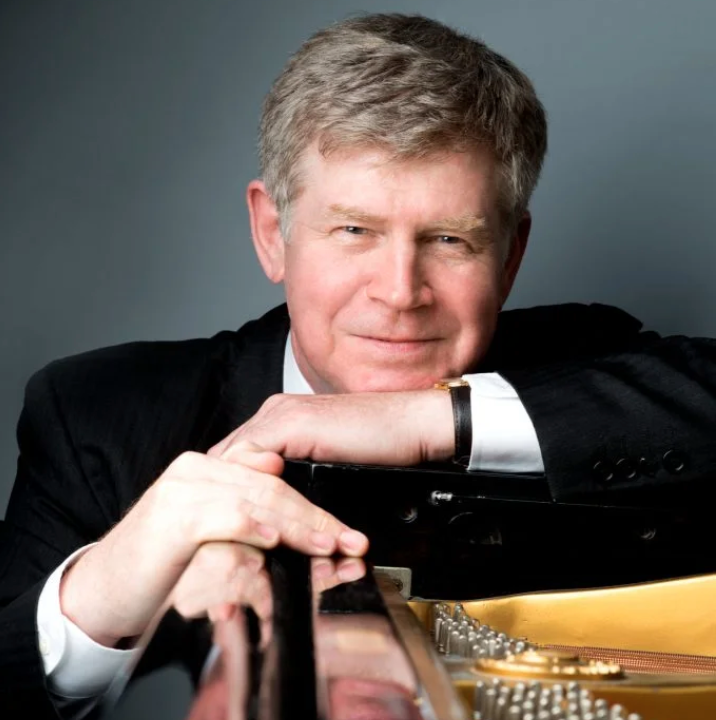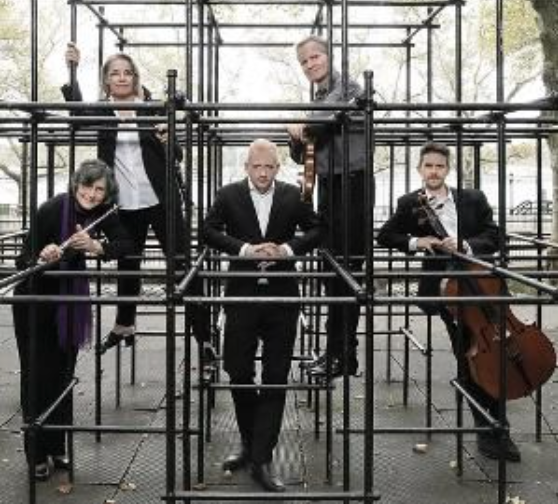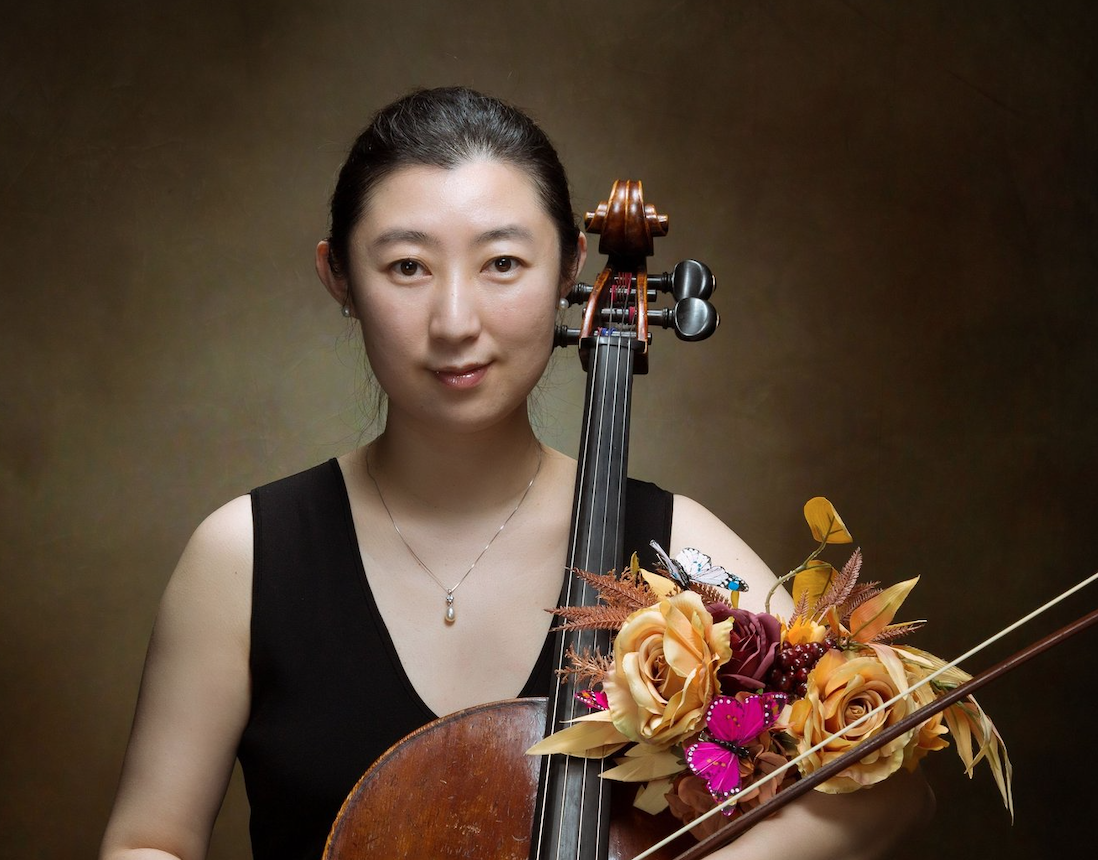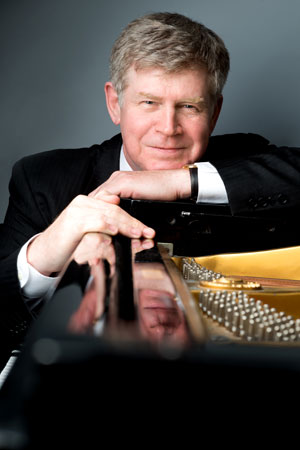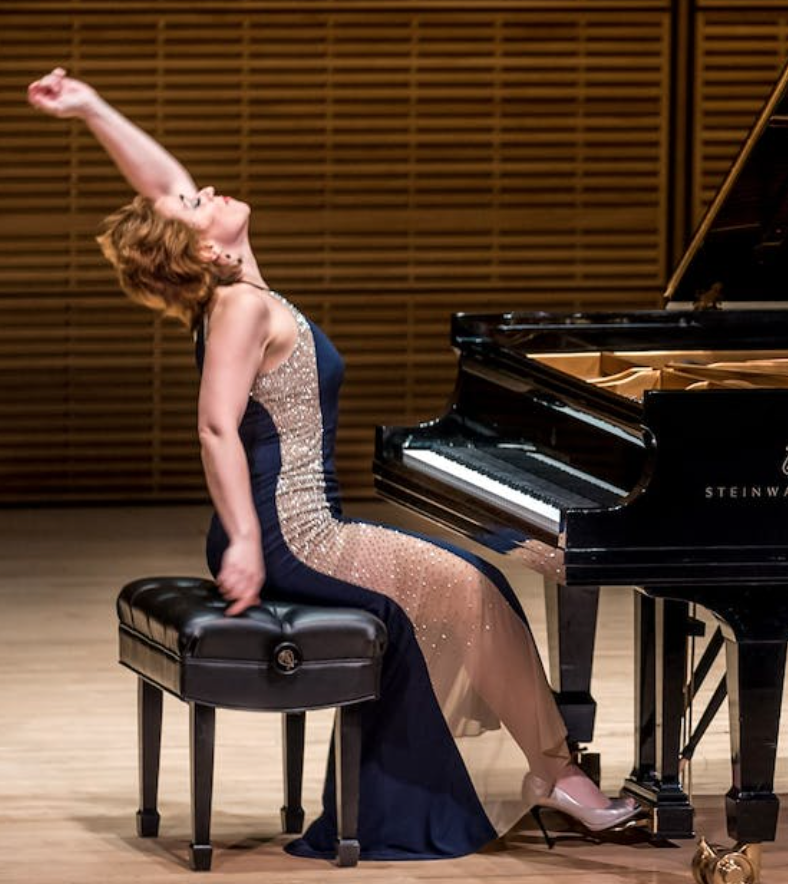Distinguished Concerts Singers International; Distinguished Concerts Orchestra
Jonathan Griffith and Nancy Menk, conductors
Ola Gjeilo, composer-in-residence and piano
Diana McVey, soprano; Emily Hughes, mezzo-soprano
Stern Auditorium at Carnegie Hall, New York, New York
November 13, 2023
Distinguished Concerts International New York (DCINY) kicked off its 2023-2024 season with a concert entitled Twilight Mass, featuring the world premiere of Norwegian composer Ola Gjeilo’s work of the same name. Vivaldi’s much-loved Gloria in a version using only treble voices was the other work on the program. The Distinguished Concerts Singers International brought performers from California, Indiana, Massachusetts, New Mexico, New York, North Carolina, Oregon, Pennsylvania, Virginia, Canada, France, Germany, Poland, and individual singers around the globe – a sign that perhaps the nightmare that began in 2020 is finally over once and for all.
As a side note, this reviewer is glad to see the return of the Distinguished Concerts Orchestra to the stage. Seeing concertmaster Jorge Ávila make his way to the stage was like seeing an old friend after a long absence.
Nancy Menk took the podium to conduct Antonio Vivaldi’s Gloria. Although this work is usually performed with the standard SATB (soprano, alto, tenor, bass) setting, tonight’s performance was for treble voices only (SSAA). Ms. Menk has stated that this is possibly Vivaldi’s original version – but I will leave that question to the historians and musicologists.
Ms. Menk is a DCINY veteran – this is her fifth appearance, and the third time this reviewer has seen her work. As I have written in the past, Ms. Menk is an accomplished choral conductor who is confident in her approach, and she “runs a tight ship.” I had every reason to believe these qualities would be present this evening, and I was not disappointed. Let’s get the very few quibbles out of the way. The orchestral opening in the Gloria in excelsis Deo was a bit too muted for my liking, so the voices completely dominated them. Thankfully adjustments were made, and this was not a recurring issue. Also, the double fugue in the Cum Sancto Spiritu was not entirely crisp and distinct. Forgive me if this seems overly critical – after all, some indistinctness is not a huge surprise when well over one hundred voices are in play.
Now for the positive side of things, the ensemble and diction were excellent throughout. The preparation of the choirs prior to this evening was readily apparent and the direction of the skillful Ms. Menk was the “icing on the cake,” in what was a fine performance. The Domine Fili unigenite had a joyful “bounce” in what was my favorite section for the chorus. Let’s not forget the soloists, soprano Diana McVey and mezzo-soprano Emily Hughes. Their duet in Laudamus Te was exquisite. As for the solo work by Ms. McVey, the Domine Deus, Rex coelestis was her highlight. The highlight for Ms. Hughes was Qui sedes ad dexteram Patris. Both have strong voices that easily reach throughout the hall without stridency or any loss of musical quality. Special mention must be made to oboist Ryan Walsh, for his solo in the Domine Deus, Rex coelestis movement.
While the stage was being set for the second act, composer Ola Gjeilo joined Jonathan Griffith for a conversation about his work Twilight Mass. This is also Mr. Gjeilo’s fifth appearance with DCINY. The Twilight Mass is a companion work to his 2008 Sunrise Mass. It is scored for string orchestra, piano (Mr. Gjeilo was the pianist tonight), chorus, and soprano soloist. Mr. Gjeilo demonstrated some motifs from the Sanctus movement and called his work a Missa Brevis because of the omission of the Credo. The most interesting takeaway was Mr. Gjeilo’s mention of streaming and Spotify, the idea that listeners prefer smaller, short sections that they can work into playlists, etc. He said that this was part of why the Twilight Mass is nine short sections (his previous Sunrise Mass having been four longer sections). I leave it to the reader as to whether this is an astute adjustment to the demands of today’s listeners or a sad commentary on those same listeners.
After the talk, Mr. Gjeilo readied himself at the piano, and Maestro Griffith took the podium. What happened next is still reverberating in my mind in a way that very few works have. Perhaps it is the times we are living in, or the general feeling of anger and despair that is suffocating, but for half an hour, beauty and hope prevailed. Make no mistake, Mr. Gjeilo’s music is not what anyone would describe as revolutionary, as his language is tonal to the core, and there is very little overt complexity, but in this ostensibly simplistic approach he makes magic happen. It’s not manipulative, cloying, or saccharine, just sincere. His arrow hit the musical bullseye.
From the first notes of the Kyrie, I knew something special was happening. I wrote one word in my notes about this movement: Beautiful! Anything else would be superfluous. As I could easily go on and on, I’m going to focus on some favorite moments/movements. The vibrant syncopation in the Domine Deus was rendered by the chorus with ebullience, or if you prefer, they rocked the house! The Sanctus reminded me of Mr. Gjeilo’s earlier work, Dark Night of the Soul – the driving ostinato, the “pull back,” and the return to a driving ostinato. The Kyrie motif also reappears in the Sanctus. It was a close second place to the Kyrie as my favorite movement of the work.
Diana McVey was back as the soprano soloist, and her solo in the Laudamus te was striking; it was in the Domine Deus, however, that her voice truly soared to the stratosphere. It was heavenly.
Time to take a moment to recognize the outstanding chorus and orchestra, led by Maestro Griffith with his customary mastery. When the final notes of the Agnus Dei faded away, the large audience gave Mr. Gjeilo and the performers a very well-deserved loud and extended standing ovation. As to streaming platforms and such, I do hope Twilight Mass is made available in short order!

